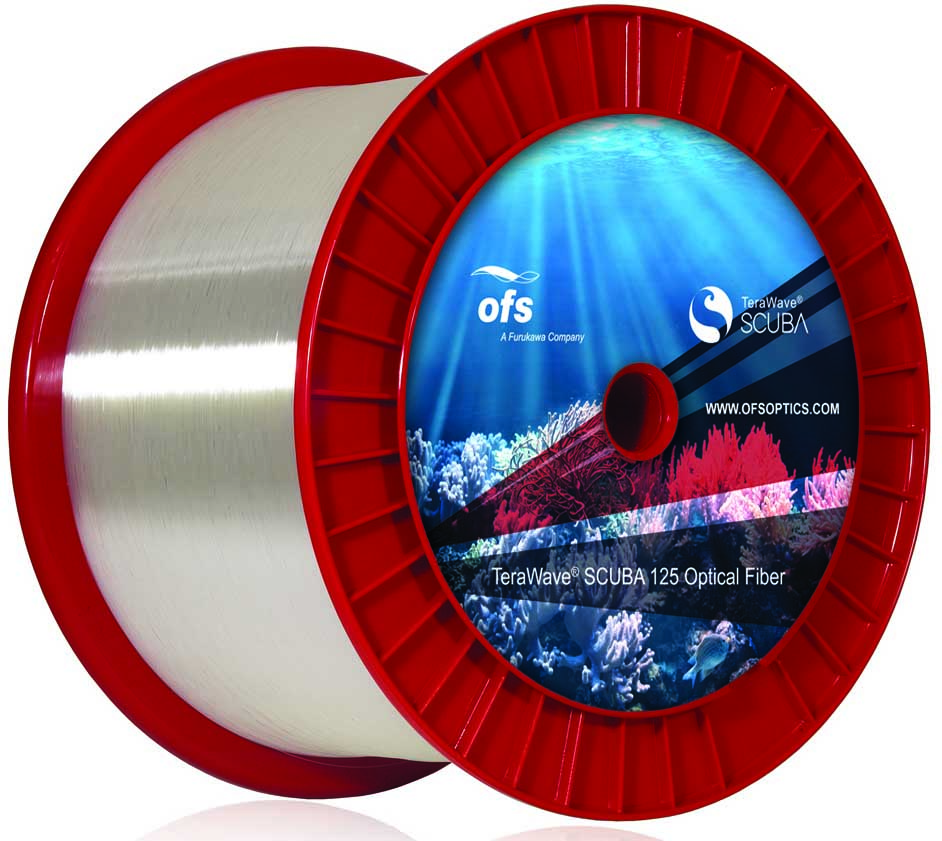Fiber Optic Cables as Undersea Seismic Monitors?
Leave a Comment Detecting ocean-floor seismic activity is crucial to our understanding of the interior structure and dynamic behavior of the Earth. However, with 70% of the planet’s surface covered by water and only a handful of permanent, ocean-bottom seismometer stations, very little overall seismic activity is actually recorded.
Detecting ocean-floor seismic activity is crucial to our understanding of the interior structure and dynamic behavior of the Earth. However, with 70% of the planet’s surface covered by water and only a handful of permanent, ocean-bottom seismometer stations, very little overall seismic activity is actually recorded.
Now, a group of researchers from the United Kingdom, Italy and Malta have found a way to use submarine fiber optic cables already deployed on the ocean floor as seismic detectors. In a paper published in the journal Science, the research group outlines how they discovered this capability and how it would operate.
Giuseppe Marra, a member of the group, was testing an underground fiber cable between two locations in the United Kingdom. Noticing a small slowdown in signal delivery, he traced it to tiny vibrations bending the light. He then determined that the vibrations were caused by a remote earthquake. This discovery inspired him to explore using fiber optic cables as seismic detectors.


 OFS expanded its ocean product portfolio by introducing the new TeraWave SCUBA 125 Optical Fiber at the OFC Conference in San Diego, California, held March 12-15.
OFS expanded its ocean product portfolio by introducing the new TeraWave SCUBA 125 Optical Fiber at the OFC Conference in San Diego, California, held March 12-15.